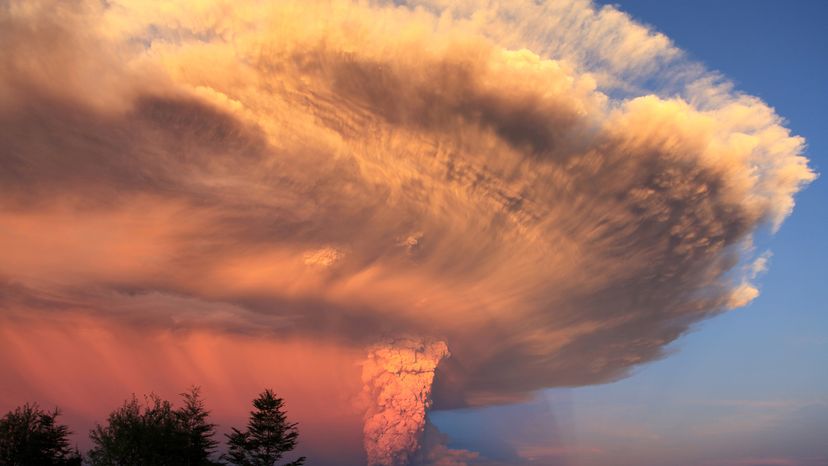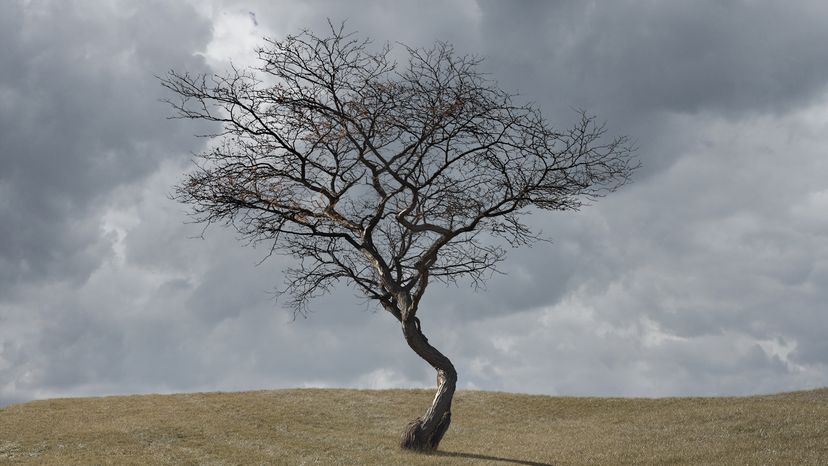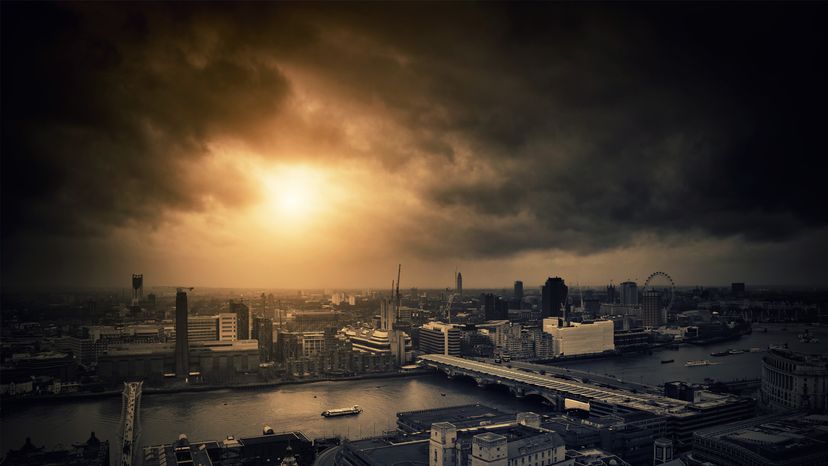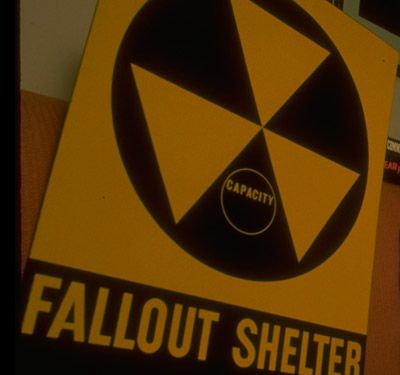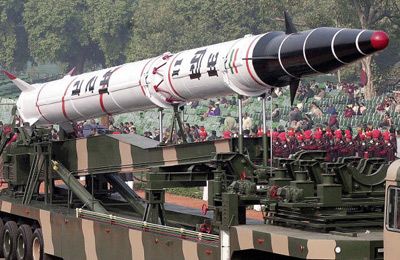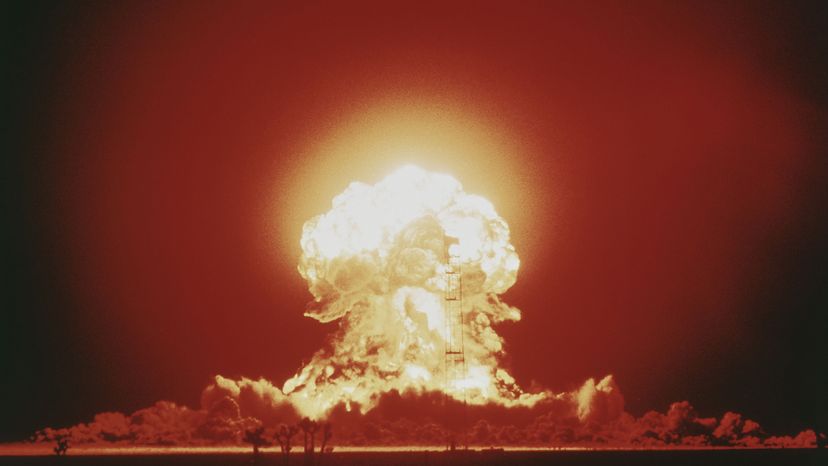
Call it paranoia or keen insight, but humans have long pondered the possibility that an apocalyptic event and potential nuclear winter won't come as the result of warring gods or cosmic mishap, but due to our own self-destructive tendencies. Once nomads in the primordial wilds, we've climbed a ladder of technology, taken on the mantle of civilization and declared ourselves masters of the planet. But how long can we lord over our domain without destroying ourselves? After all, if we learned nothing else from "2001: A Space Odyssey," it's that if you give a monkey a bone, it inevitably will beat another monkey to death with it.
Genetically fused to our savage past, we've cut a blood-drenched trail through the centuries. We've destroyed civilizations, waged war and scarred the face of the planet with our progress — and our weapons have grown more powerful. Following the first successful test of a nuclear weapon on July 16, 1945, Manhattan Project director J. Robert Oppenheimer brooded on the dire implications. Later, he famously invoked a quote from the Bhagavad Gita: "Now I am become death, the destroyer of worlds."
Advertisement
In the decades following that detonation, humanity quaked with fear at atomic weaponry. As the global nuclear arsenal swelled, so, too, did our dread of the breed of war we might unleash with it. As scientists researched the possible ramifications of such a conflict, a new term entered the public vernacular: nuclear winter. If the sight of a mushroom cloud burning above the horizon suggests that the world might end with a bang, then nuclear winter presents the notion that post-World War III humanity might very well die with a whimper.
Since the early 1980s, this scenario has permeated our most dismal visions of the future: Suddenly, the sky blazes with the radiance of a thousand suns. Millions of lives burn to ash and shadow. Finally, as nuclear firestorms incinerate cities and forests, torrents of smoke ascend into the atmosphere to entomb the planet in billowing, black clouds of ash.
The result is noontime darkness, plummeting temperatures and the eventual death of life on planet Earth.
Advertisement
